The Ferris wheel, an iconic symbol of funfairs and fairgrounds, has a rich and fascinating history. It’s a testament to human ingenuity and the pursuit of leisure.
The story begins with George Washington Gale Ferris Jr. in 1893. His vision was to create a landmark rivaling the Eiffel Tower.
The result was a towering marvel of engineering. It debuted at the World’s Columbian Exposition in Chicago, stunning the world with its grandeur.
Over the years, the Ferris wheel has evolved significantly. From the original design to modern marvels like the London Eye, these rotating rides have become a staple at amusement parks worldwide.
In this article, we’ll explore the evolution of the Ferris wheel. We’ll delve into its history, its impact on culture and engineering, and its enduring legacy.
Join us on this captivating journey, as we spin through the past, present, and future of this beloved funfair ride.
The Birth of a Giant: George Washington Gale Ferris Jr.’s Vision
In the late 19th century, George Washington Gale Ferris Jr. had a bold idea. He envisioned a colossal, rotating structure that would captivate all who saw it. His inspiration was a challenge to design something as iconic as the Eiffel Tower.
Ferris was a civil engineer with a knack for innovation. He believed that this wheel would astonish visitors at the 1893 World’s Columbian Exposition in Chicago. Despite facing skepticism from peers, Ferris pushed forward.
His design was ambitious, requiring over 100,000 parts. It stood 264 feet tall with 36 cars, each holding 60 people. This massive undertaking was not just a funfair ride; it was an engineering masterpiece.
The creation of the Ferris wheel marked a turning point in amusement ride history. It symbolized America’s industrial prowess at a time of rapid technological advancement. Ferris’s vision had come to life, dazzling and thrilling the public.
The Ferris wheel’s legacy is a testament to the power of daring ideas. Today, it remains an enduring symbol of fun and wonder, inspiring future generations of engineers and dreamers.

The Chicago Debut: A Rival to the Eiffel Tower
The 1893 World’s Columbian Exposition was a spectacle of human achievement. Amidst this celebration, the Ferris wheel captured the world’s imagination. It stood as a marvel of engineering prowess and American ingenuity.
Constructed at the fairground’s center, the wheel was unmissable. It was designed to rival Paris’s Eiffel Tower, creating an American landmark. Visitors flocked from miles around to experience this new adventure.
Critics were initially skeptical of such an ambitious design. Yet, when the wheel’s doors opened, it was an instant hit. The experience was unlike any other at the time, combining thrill with breathtaking views.
The Ferris wheel quickly became the fair’s centerpiece, drawing envious gazes. It cemented its place in history as more than a fairground attraction. Ferris had successfully turned a daring concept into a cultural icon. This magnificent structure changed perceptions and elevated fairground experiences forever.
Engineering Marvel: The Original Wheel’s Design and Challenges
Crafting the first Ferris wheel was a formidable challenge. George Washington Gale Ferris Jr. faced a skeptical engineering community. They doubted such a massive rotating structure could function safely.
Ferris’s design team had to meticulously plan every detail. The wheel stood a grand 264 feet tall, requiring over 100,000 parts. This level of complexity was unprecedented for its time.
Each of the 36 passenger cars could hold up to 60 people. This demanded precise balancing to ensure a smooth rotation. The engineering feats involved were both complex and innovative.
Despite initial skepticism, the wheel’s construction adhered to rigorous standards. Ferris’s design principles became foundational for future rides. The original wheel set a new standard for engineering marvels.
The wheel’s creation involved challenges not only in construction but also logistics. Its assembly on such a large scale showcased both vision and dedication. Ferris’s team proved skeptics wrong with their ingenuity and skill.

From Paris to St. Louis: The Journey of the Ferris Wheel
After making its grand debut, the original Ferris wheel had another adventure. It was dismantled piece by piece after Chicago’s World’s Fair. Its journey was far from over.
The wheel’s parts traveled to St. Louis for the 1904 World’s Fair. This feat of engineering was once again a highlight. The move demonstrated the structure’s durability and adaptability.
Reassembling the wheel in St. Louis captured public attention. It symbolized resilience and innovation for a new audience. The Ferris wheel continued to inspire awe wherever it went, proving its timeless appeal.
A Symbol of Progress: The Ferris Wheel’s Cultural Impact
From its inception, the Ferris wheel became more than just a ride. It embodied the spirit of innovation and hope. People saw it as a testament to human ingenuity.
The wheel’s presence at fairs and parks cemented its cultural impact. It became an icon of progress and leisure. The rotating wonder captivated diverse audiences.
Ferris wheels appeared in films and literature, signifying various themes. They represented adventure, romance, and even escapism. This broadened their appeal across generations.
As skylines evolved, Ferris wheels gained iconic status. Cities used them in urban planning. They symbolized both the past and future of entertainment.
Reimagining the Skyline: The London Eye and Beyond
The London Eye transformed Ferris wheels into urban icons. Opened in 2000, it offered views of the cityscape. This marked a new era for observation wheels worldwide.
Suddenly, Ferris wheels were more than fairground rides. They became tools of city branding. Through them, cities showcased stunning views and modern designs.
Urban planners embraced their potential. Other cities followed London’s lead, erecting their own wheels. These structures redefined both city skylines and leisure activities, blending architecture with entertainment.

The Modern Marvels: Record-Breaking Wheels Around the World
Today’s Ferris wheels push engineering limits. Each new wheel aims higher, capturing imaginations worldwide. They’ve become global landmarks.
The Ain Dubai stands above all at over 250 meters. It dominates the skyline, a symbol of ambition. In Las Vegas, the High Roller offers its own breathtaking experience.
These modern wheels are more than height records. They are feats of innovation and design. Passengers enjoy panoramic views while marveling at the engineering achievements beneath their feet. As they continue to grow, these wheels set new standards in both leisure and architecture.
The Ferris Wheel Experience: Romance, Nostalgia, and Thrill
The Ferris wheel embodies romance. Couples are drawn to its gentle whirring above city lights. A ride becomes a cherished memory.
Nostalgia fills each car. It transports riders back to simpler times. The gentle sway and sweeping views evoke childhood memories.
For others, a Ferris wheel ride thrills. The ascent, pause, and descent create a mix of emotions. It’s both a soothing and exhilarating experience.
This unique blend of romance, nostalgia, and thrill ensures the Ferris wheel’s enduring appeal. It remains a beloved attraction for all ages, a symbol of joy and wonder.
Spinning into the Future: Innovations and the Ferris Wheel’s Legacy
The Ferris wheel continues to evolve. Designers explore new materials and technologies. Future wheels may reach unimaginable heights.
These iconic structures are more than just funfair rides. They remind us of human ingenuity and the joy of discovery. Their legacy endures, inspiring generations to come.




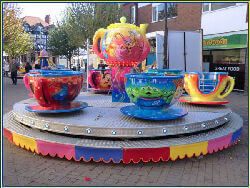
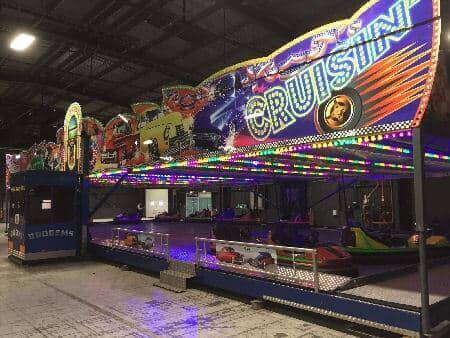
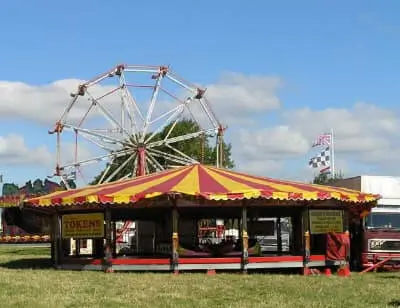

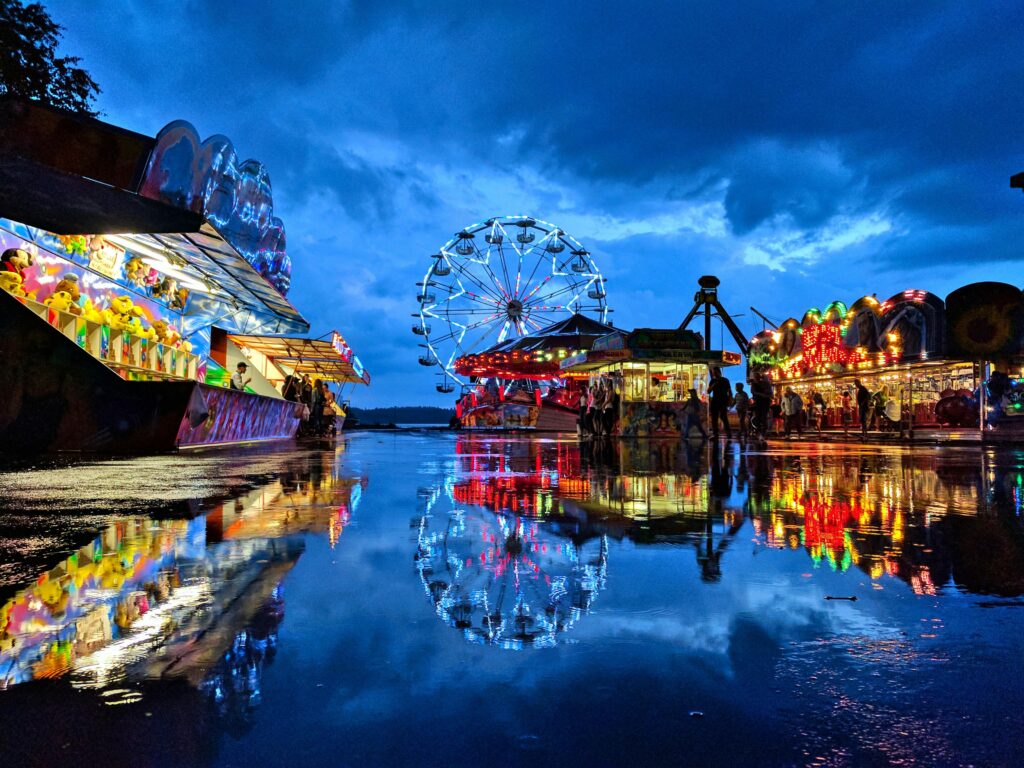

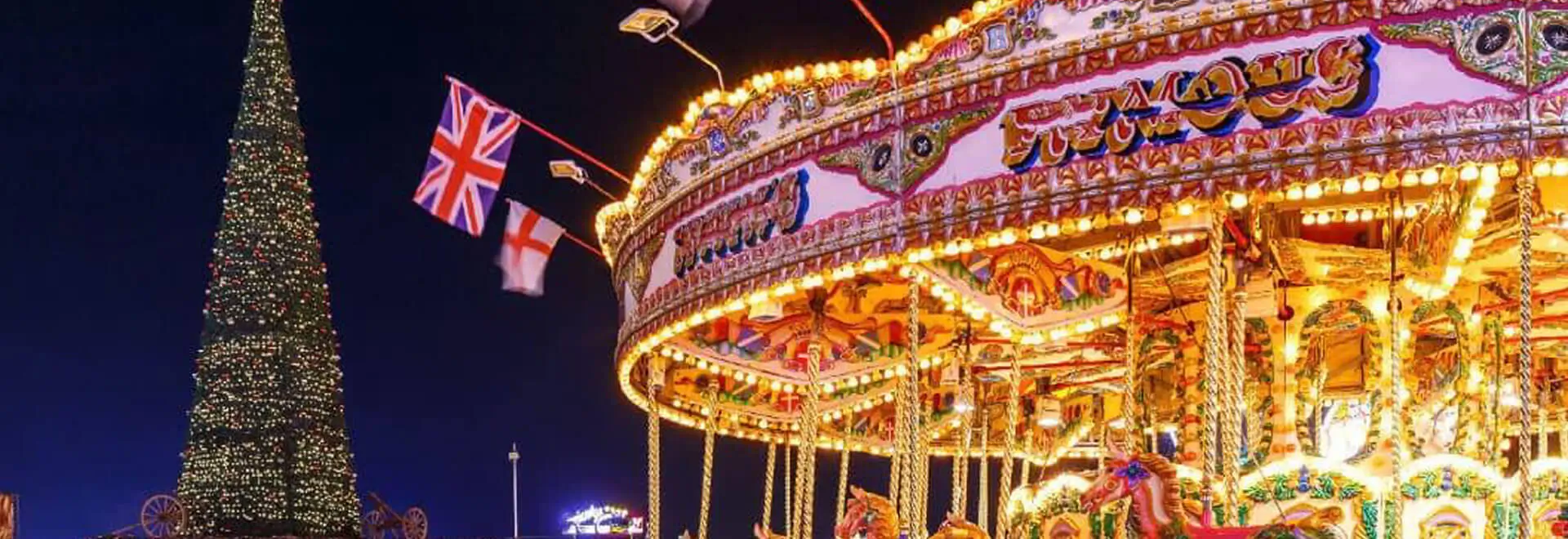
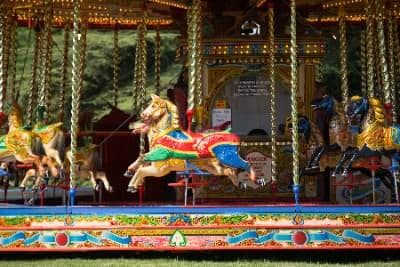
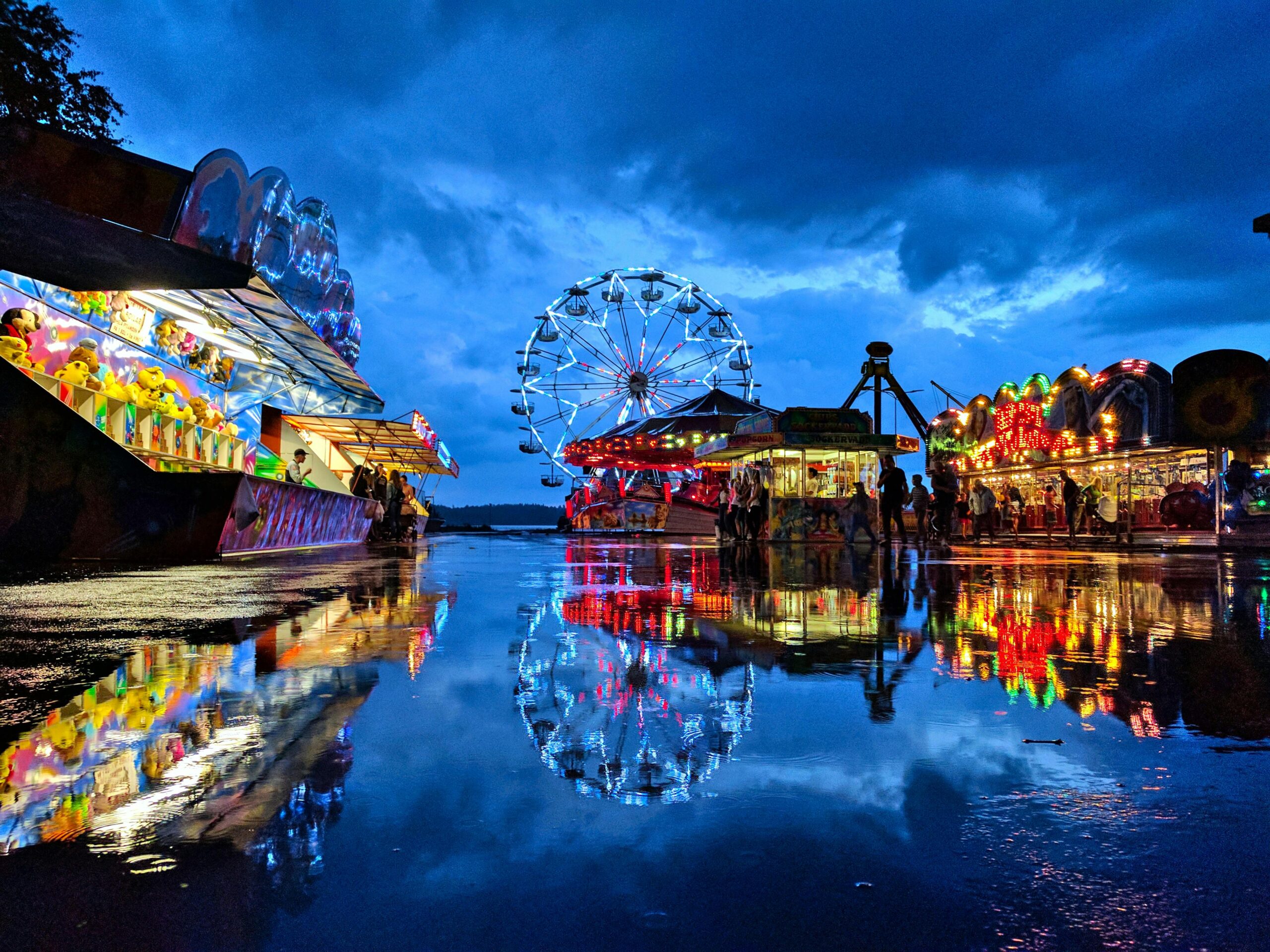
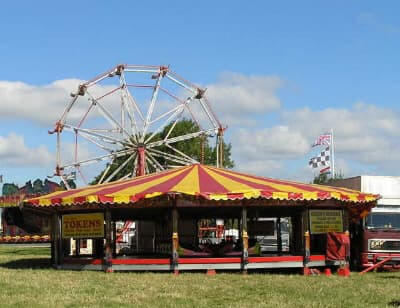


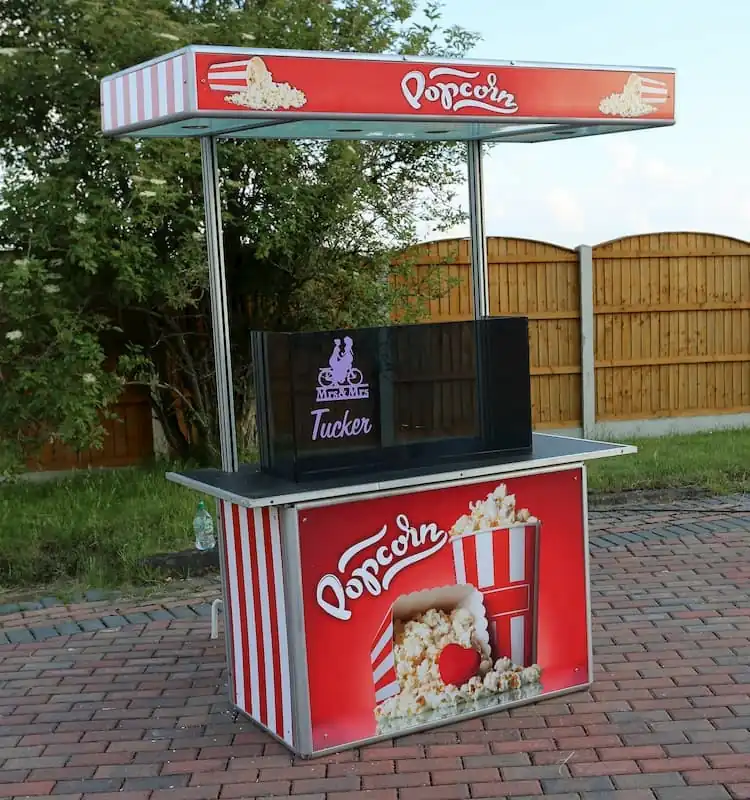
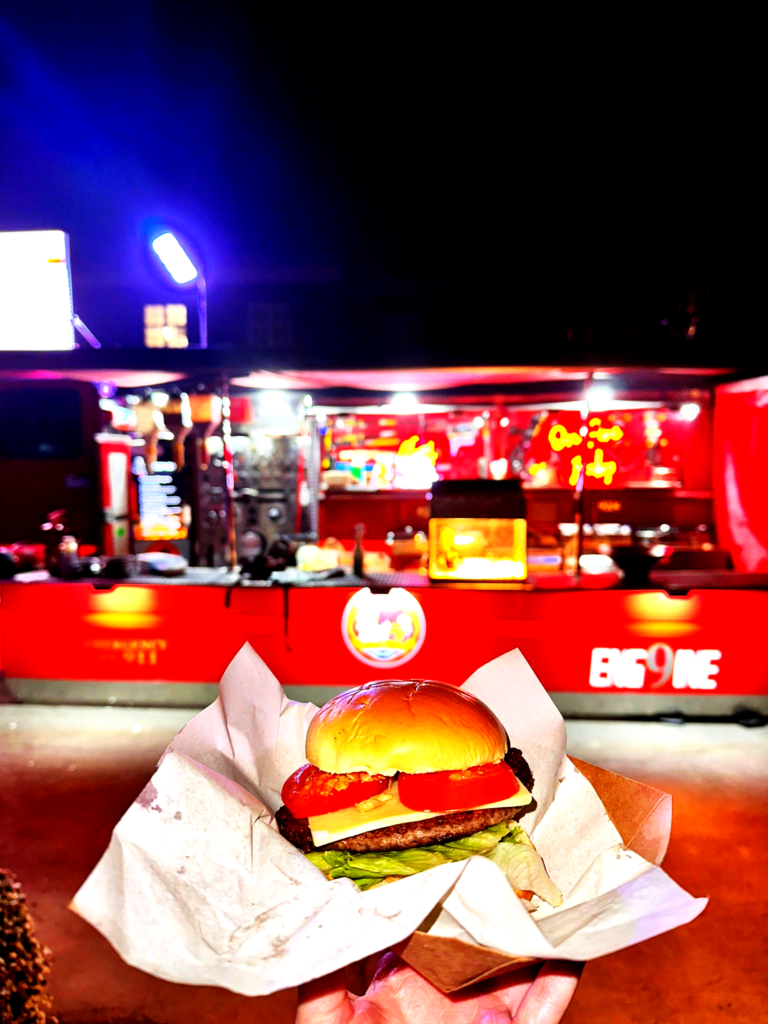

 by Jason Leung (https://unsplash.com/@ninjason)
by Jason Leung (https://unsplash.com/@ninjason) by Yeo Yonghwan (https://unsplash.com/@yeoyonghwan)
by Yeo Yonghwan (https://unsplash.com/@yeoyonghwan)